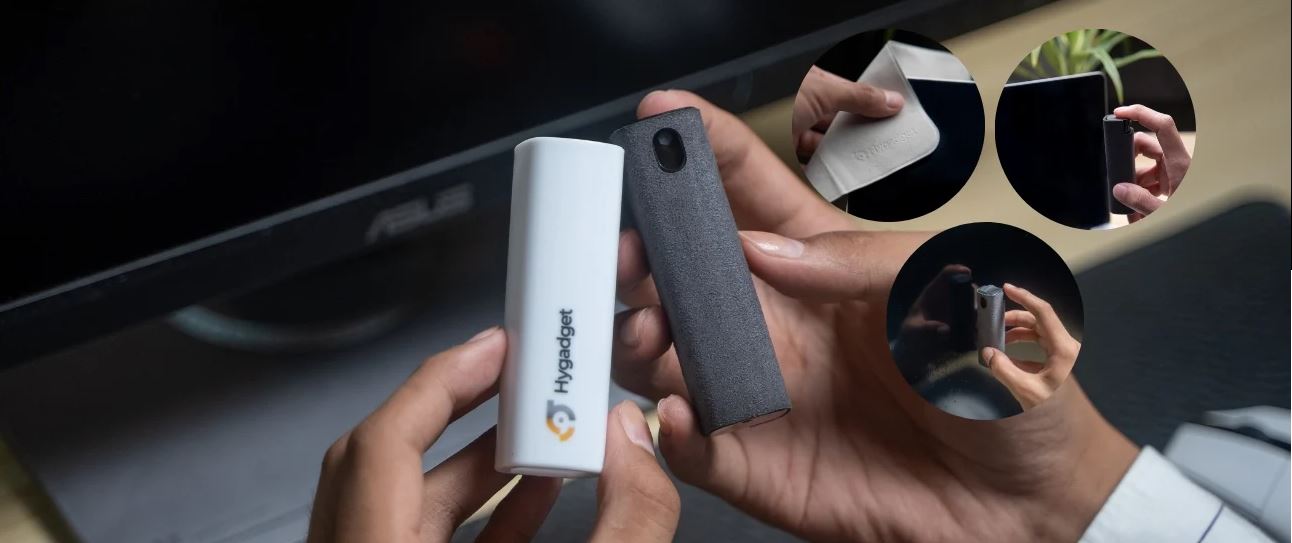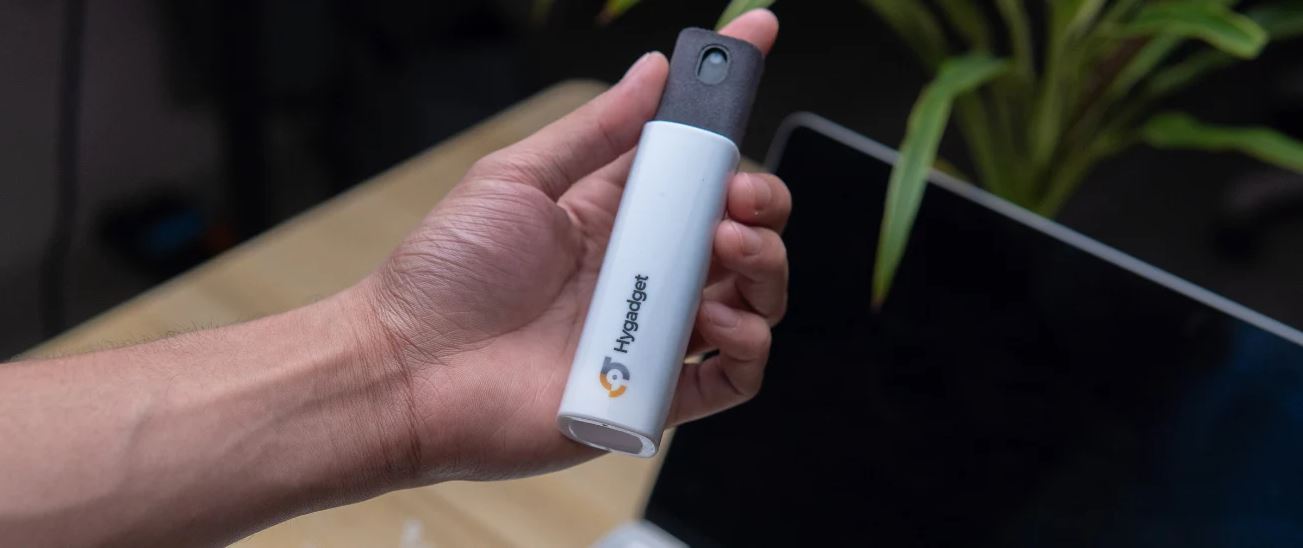As with any beloved electronic item, TVs seem to attract dust, smudges, and especially children’s fingerprints like a magnet. Well, the good news is that cleaning flat-screen TVs is simpler than you might think, needing just a few materials and a bit of care. Whether your TV is an LCD or plasma model, the screen is made of thin, delicate materials that need gentle handling. These sensitive components can be easily damaged by harsh chemicals or rough cloth, so it’s important to clean them correctly.
Here’s the right way to keep your flat-screen TV looking pristine without causing costly damage.
Understanding LCD Technology
Before diving into the cleaning process, it's useful to understand what makes your LCD (Liquid Crystal Display) TV tick. LCD TVs are made up of a matrix of liquid crystals sandwiched between two sheets of polarizing material. When an electric current passes through, the crystals align to let varying levels of light through, creating images. These crystals and the layers they’re embedded in are incredibly sensitive.
This technology means the screen is very different from the robust glass screens of old tube TVs. LCD screens are much more prone to scratches, pressure damage, and chemical reactions from improper cleaners. So, knowing a bit about what you’re dealing with can help you approach cleaning with the necessary care.
Choosing The Right Cleaning Cloth
When it comes to cleaning your LCD screen, the cloth you use is crucial. You should always opt for a microfiber cloth. These are soft cloth and lint-free, and specifically designed to clean delicate surfaces without scratching them. Microfiber cloths can pick up dust and oils effectively, making them the best choice for this job.
Avoid paper towels, tissues, or any rough materials. They might seem harmless, but they can actually leave behind lint or, worse, scratch the screen. Trust me, a little investment in a good microfiber cloth will save you from potential headaches down the line.
Avoid Harmful Chemicals
It's tempting to grab your trusty glass cleaner when you see smudges on your TV, but resist the urge! Many common cleaning products, including window cleaners, contain chemicals such as ammonia or alcohol. These chemicals can strip away the delicate coating on your LCD screen, leading to damage that might not be repairable.
Instead, stick to water or a mixture of water and a tiny amount of mild dish soap if you need a bit more cleaning power. Always dampen your cloth rather than spraying any cleaning solution directly onto the screen. Direct application of liquids can cause them to seep into the edges of the screen, potentially damaging the internal components.
Best Way to Safely Clean a Flat-Screen TV Guide
Cleaning your flat-screen TV can be a breeze if you follow these simple steps:
-
Power Down and Unplug
Always start by turning off your TV and unplugging it. This not only keeps you safe but also allows you to see the dust and smudges more clearly against the dark screen.
-
Dust Off the Screen
Use a lint-free soft cloth or dry microfiber cloth to gently wipe away any loose dust from the screen. Move in a circular motion or lightly sweep from top to bottom. Don’t press too hard; gentle pressure is enough to capture the dust.
-
Dampen Your Cloth
If there are stubborn smudges or fingerprints, slightly dampen a corner of your microfiber cloth with water or a mixture of water and a drop of dish soap. Remember, the cloth should be damp, not wet.
-
Wipe the Screen
Gently wipe the screen with the dampened cloth, again using circular motions or a light sweeping motion. Be careful not to press too hard to avoid damaging the pixels.
-
Dry the Screen
Once you’ve removed all smudges, use the dry part of your microfiber cloth to gently buff the screen dry. Make sure there’s no moisture left on the screen.
-
Clean the Frame
Don’t forget the edges and the frame of your TV. These areas also collect dust and can be cleaned with a slightly damp cloth. Just avoid touching the screen with the wet part of the cloth.
-
Let It Sit
Allow the TV to sit for a few minutes before plugging it back in and turning it on. This ensures that any remaining moisture has completely evaporated.
Don't Forget to Clean the Remote Control
While you're in cleaning mode, don’t overlook the remote control. It’s one of the most frequently touched items in your home and can harbor a lot of germs. To clean your remote:
-
Remove Batteries
Take out the batteries to avoid any short circuits.
-
Wipe Down
Use a disinfectant wipe or a cloth slightly dampened with rubbing alcohol to clean the entire surface of the remote.
-
Detail the Buttons
For hard-to-reach areas, like around the buttons, use a cotton swab dipped in alcohol.
-
Dry and Replace Batteries
Make sure the remote is completely dry before putting the batteries back in.
Can I use Windex on my TV screen?
Remember those old tube TVs? They were so easy to clean. Just a spritz of window cleaner and a paper towel. A Modern TV screen, however, require a gentler touch. LCD, OLED, and plasma screens have delicate surfaces that can be easily damaged by the chemicals in many glass cleaners, including Windex.
Many glass cleaners contain ammonia or alcohol, which were safe for the glass panels of old TVs but are too harsh for today’s screens. Using these products can strip away protective coatings and damage the screen’s surface. Stick to water or specially formulated screen cleaners for the best results. Refer to this guide on how to clean plasma screens.
Frequency of Cleaning
Now you might be wondering how often you need to clean your TV screens at home. Well, it really depends on your home environment and habits. If you have kids who love to touch the screen or pets that shed, you might find yourself cleaning more frequently. As a general rule, we recommend giving your screen a light dusting once a week. This helps keep the dust from building up.
But how do you know when it’s time for a deeper clean? Look for obvious signs like smudges, fingerprints, or a noticeable layer of dust. If you start seeing more glare or the picture looks a bit dull, it’s definitely time to break out the microfiber cloth. Trust me, keeping your screen clean not only improves your viewing experience but also extends the life of your TV. So, set a reminder and make it a part of your regular cleaning routine!
Maintain Pristine LCD Screens with Gentle Care
Looking for something compatible and gentle on your LCD screens? The HyScreen Kit is crafted for the delicate surfaces of today’s electronic displays. Its formula is made free from harsh chemicals like ammonia and alcohol and uses natural, plant-derived ingredients to ensure safe and effective cleaning.
The included submerged non-abrasive cloth with the spray bottle and an additional polishing cloth allow for gentle wiping and buffing, providing that streak-free finish without the risk of damage. Compact and travel-friendly, this kit is perfect for on-the-go use, making it easier for you to maintain clear and clean screens wherever you are.
Final Thoughts
Taking a few extra steps to properly clean your LCD flat-screen TV can significantly extend its lifespan and keep your picture quality top-notch. Remember, the key is to be gentle and avoid harsh chemicals. With the right tools and techniques, you can keep your TV looking as good as new for years to come.







